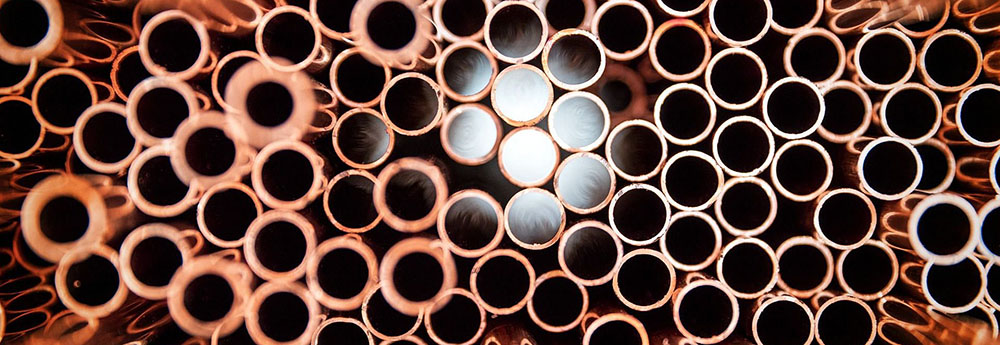Copper is a metal with excellent electrical conductivity, so it has important applications in the green energy industry. In particular, the demand for copper has increased significantly in electric vehicles (EVs), renewable energy facilities (such as solar and wind power), and battery storage systems. The use of copper in these areas not only helps to improve energy efficiency, but also reduces carbon emissions and promotes the global transition to a low-carbon economy.
Electric vehicles
Electric vehicles are an important part of the green energy revolution. According to the International Energy Agency (IEA), the number of electric vehicles in the world will reach 200 million by 2030. The amount of copper used in each electric vehicle is much higher than that of traditional fuel vehicles, especially in battery systems, motors, and charging equipment. According to data, it takes about 83 kilograms of copper to manufacture an electric vehicle, which is more than three times that of a traditional internal combustion engine vehicle. Therefore, the popularity of electric vehicles has directly driven the surge in copper demand.
Energy storage and battery technology
With the advancement of battery storage technology, copper has also become a core raw material for efficient energy storage solutions. For example, lithium-ion batteries are widely used in electric vehicles and renewable energy storage devices, and a large amount of copper is used inside these batteries. As the global demand for large-scale energy storage continues to increase, the application prospects of copper in the field of energy storage are also very broad.
Recycling and circular economy
In the field of green energy, the recycling of copper has also received more and more attention. Copper is a metal that can be recycled infinitely, and the recycling process consumes less energy. As the demand for copper resources increases, the global copper recycling market is developing rapidly. According to data, about one-third of the world's copper comes from recycling, especially in developed countries and regions, where the recycling rate of copper has reached a high level.
Copper recycling not only helps to reduce the environmental impact of mineral mining, but also reduces energy consumption and carbon emissions. In the future, with the development of the circular economy, the proportion of copper recycling is expected to increase further, which will also ease the pressure on copper supply.

With the transformation of the global energy structure, copper will continue to play a vital role in the green energy industry. The widespread use of clean energy technologies such as electric vehicles, solar energy, and wind energy will greatly increase the demand for copper, which means that the copper industry will usher in a new development opportunity. However, this also requires governments, enterprises and scientific research institutions to work together to ensure the sustainable supply of copper resources.
Looking ahead, copper supply chain management, technological innovation and the improvement of the recycling system will be key factors to ensure the smooth progress of green energy transformation. At the same time, as an important support for green energy, copper will play a greater role in the global energy transformation.